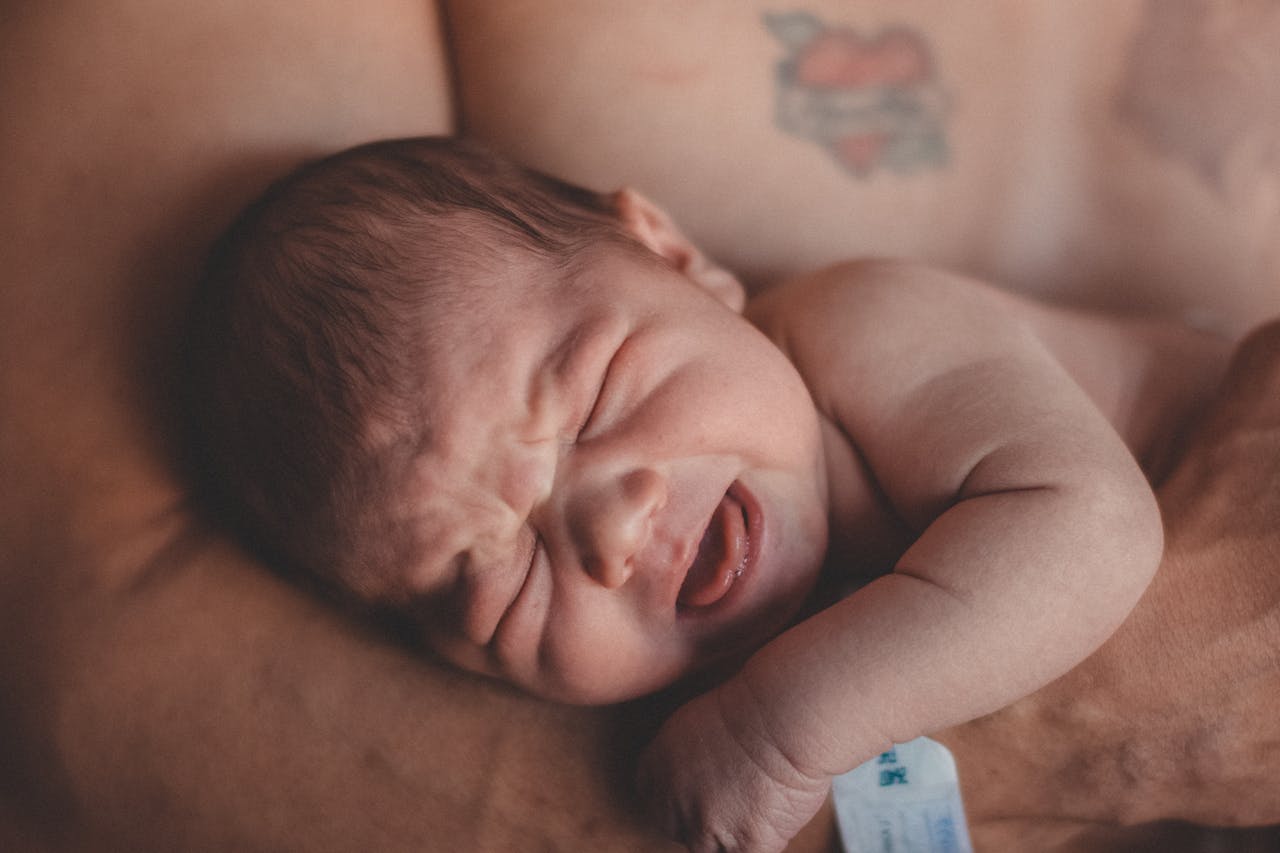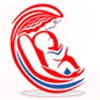Few things in parenting are as terrifying as a sudden scrape, burn, or choking episode. As a dedicated pediatrician, I’ve witnessed firsthand how quick, confident first-aid response can make the difference between a minor incident and a life-threatening emergency. This comprehensive, pediatrician-approved guide will equip you with the essential first-aid skills every parent needs—no fluff, no case studies, just clear, actionable steps to keep your child safe.
By mastering these fundamentals and partnering with your trusted pediatrician, you’ll be prepared to handle common medical situations and know exactly when to seek professional care. Along the way, I’ll link to our other expert resources—like our tips for keeping your child safe outdoors and insights on screen time and sleep—so you have a full suite of pediatrician-vetted advice at your fingertips.
Why First-Aid Training Matters
-
Every Second Counts. In emergencies like choking, bleeding, or allergic reactions, immediate action can save lives.
-
Boosts Parental Confidence. When you know exactly what to do, panic gives way to decisive care.
-
Strengthens the Parent–Pediatrician Partnership. Learning first aid in consultation with your pediatrician ensures you’re following the latest guidelines and know when to schedule an emergency or routine visit.
Investing in a basic first-aid course—ideally one that covers infant and child care—is one of the best “purchases” you’ll ever make for your family’s well-being.
Recognizing When to Call Your Pediatrician or 911
It’s just as important to know when not to “DIY” care:
-
Breathing Difficulties: Audible wheezing, rapid breathing, or persistent coughing warrants immediate medical attention—call 911.
-
Head Injuries with Concussion Signs: Vomiting, confusion, or loss of consciousness requires an urgent ER evaluation.
-
High Fever in Infants: Any fever over 100.4°F in babies under three months—or over 103°F in older children—should prompt an immediate pediatric consultation.
-
Severe Allergic Reactions (Anaphylaxis): Hives, facial swelling, or difficulty breathing demand both epinephrine administration (if prescribed) and a 911 call.
-
Uncontrolled Bleeding: Bleeding that soaks through gauze in 10 minutes, or any deep laceration exposing fat or bone, needs ER suturing.
For non-life-threatening concerns, don’t hesitate to book an appointment with your pediatrician—early intervention often prevents complications.

Choking: Fast Action Saves Lives
Understanding Choking Hazards
Small toys, grapes, nuts, and even hard candies can block a child’s airway. Never give round, firm foods to toddlers—always cut grapes and cherry tomatoes into quarters.
Infant (Under 1 Year) Choking Response
-
Position: Lay the infant face-down on your forearm, head lower than body, supported by your thigh.
-
Back Blows: Deliver up to five firm back blows between the shoulder blades with the heel of your hand.
-
Chest Thrusts: If the object doesn’t dislodge, flip the infant face-up on your other forearm and give up to five quick chest thrusts (just below the nipple line).
-
Repeat: Alternate back blows and chest thrusts until the object is expelled.
-
Aftercare: Even if the object comes out, schedule a follow-up pediatrician consultation to rule out internal injury.
Child (1–8 Years) Choking Response
-
Assess: If the child is conscious but coughing forcefully, encourage them to keep coughing.
-
Heimlich Maneuver:
-
Stand or kneel behind the child.
-
Wrap your arms around their waist; make a fist above the navel.
-
Grasp your fist with the other hand and deliver upward thrusts until the object is expelled.
-
-
Loss of Consciousness: If the child becomes unresponsive, begin CPR and call 911 immediately.
Note: Child CPR certification is a vital skill—consider enrolling in a parent-focused class and asking your pediatrician to recommend a reputable training provider.
Bleeding Control: Staunch the Flow
Whether it’s a scraped knee or a deeper cut, controlling bleeding quickly reduces infection risk.
Minor Cuts and Scrapes
-
Clean: Rinse with cool water; use antiseptic wipes to remove debris.
-
Protect: Apply a thin layer of antibiotic ointment and cover with an adhesive bandage.
-
Monitor: Change the dressing daily and look for signs of infection (redness, swelling, pus). For detailed prevention of outdoor injuries, see our guide on keeping your child safe outdoors.
Moderate to Severe Lacerations
-
Apply Pressure: Use sterile gauze and firm, continuous pressure for at least 10 minutes.
-
Elevate: Raise the injured limb above heart level to slow bleeding.
-
Assess Depth: If the cut is deep, gaping, or exposing fat/muscle, head to the ER for stitches.
-
Pediatrician Follow-Up: Even after ER closure, schedule a visit for tetanus status and wound-care guidance.
Burns: Cooling and Caring
Burns in infancy and childhood are surprisingly common—from hot liquids, stovetops, or sunburn. Always treat cautiously.
First-Degree (Superficial) Burns
-
Signs: Redness, pain, no blisters.
-
Care:
-
Run cool (not cold) water over the burn for 10–15 minutes.
-
Apply a thin layer of aloe vera or antibiotic ointment.
-
Cover with a non-stick, sterile gauze bandage.
-
Second-Degree (Partial-Thickness) Burns
-
Signs: Blisters, severe pain.
-
Care:
-
Cool the area under running water.
-
Do not burst blisters—this increases infection risk.
-
Cover loosely with a sterile, non-adhesive dressing.
-
Call your pediatrician for next-day follow-up and possible prescription of analgesics or topical agents.
-
Third-Degree (Full-Thickness) Burns
-
Signs: White or charred skin, possible numbness.
-
Action:
-
Call 911 immediately.
-
Do not apply water or ointment; cover with a clean cloth.
-
At the hospital, pediatric burn specialists will determine grafting needs.
-
Sunburn Prevention: To complement burn first aid, balance your child’s outdoor play with smart sun protection—read our pediatrician-approved outdoor safety tips here.
Fever Management: Cooling and Comfort
Fever itself isn’t harmful but signals the body fighting infection. Correct management ensures comfort and safety.
When to Treat a Fever
-
Under 3 Months: Any fever ≥100.4°F → call pediatrician immediately.
-
3–6 Months: Fever ≥102°F or if the baby seems ill or lethargic.
-
6 Months and Older: Treat fevers ≥102°F or with discomfort.
Safe Fever-Reduction Steps
-
Medication (If Advised):
-
Acetaminophen dosage by weight—confirm with your pediatrician.
-
Ibuprofen for children over six months, as directed.
-
-
Tepid Sponge Bath: Use lukewarm water. Avoid cold baths—they cause shivering and raise core temperature.
-
Light Clothing & Hydration: Keep layers minimal and offer small, frequent sips of water or electrolyte solution.
-
Monitor: Track temperature every 4–6 hours. If fever persists beyond 72 hours, schedule a pediatric evaluation.
Allergic Reactions: Rapid Recognition
From insect stings to peanut exposure, allergies can escalate quickly.
Mild Reactions
-
Symptoms: Localized rash, mild swelling.
-
Care:
-
Administer an over-the-counter antihistamine (e.g., children’s cetirizine) per label or pediatrician’s instructions.
-
Apply a cool compress to soothe itching.
-
Monitor for escalation.
-
Anaphylaxis (Severe)
-
Symptoms: Hives, facial swelling, throat tightness, difficulty breathing, rapid pulse.
-
Action:
-
Administer epinephrine auto-injector immediately.
-
Call 911—don’t wait to see if symptoms improve.
-
After EMS arrives, inform them of the dose and time of epinephrine.
-
Schedule an urgent follow-up with your pediatrician or an allergist to discuss long-term management and possible allergy testing.
-
Tip: Keep an allergy action plan readily accessible—review it annually with your pediatrician.
Seizure First Aid: Staying Safe

Witnessing your child having a seizure can provoke panic. Stay calm and follow these steps:
-
Protect the Head: Cushion with a soft item (e.g., folded jacket).
-
Turn to Side: Helps drain saliva and prevents aspiration.
-
Loosen Clothing: Especially around the neck.
-
Time the Seizure: If longer than 5 minutes, call 911.
-
Never Restrain: Don’t hold down limbs or force anything into the mouth.
-
Aftercare:
-
Once the seizure ends, allow the child to rest.
-
Call your pediatrician to report the episode and determine if medication adjustment is needed.
-
Note: For children with known seizure disorders, maintain an up-to-date seizure care plan in consultation with your pediatrician and neurologist.
Handling Eye Injuries
Foreign bodies, chemicals, or blunt trauma require careful handling.
-
Rinse Gently: Flush the eye with clean water for at least 15 minutes—use a bulb syringe or tilting the child’s head under a faucet.
-
Avoid Rubbing: This can worsen abrasions.
-
Cover Both Eyes: Prevent movement of the injured eye by lightly covering both with a sterile dressing—this helps reduce motion and pain.
-
Seek Immediate Care: Any chemical exposure or vision changes should prompt an ER visit and pediatric ophthalmology referral.
Poisoning and Ingestion
Household cleaners, medications, and button batteries pose poisoning risks.
-
Call Poison Control: Dial the national hotline (1-800-222-1222) immediately.
-
Do Not Induce Vomiting: Unless specifically instructed by professionals.
-
Gather Information: Note the substance, estimated amount, and time of ingestion.
-
Follow Guidance: They may advise home observation or emergency evaluation.
-
Follow-Up: Even mild exposures benefit from a pediatric check-in to monitor delayed symptoms.
Your Role as Your Child’s First Responder
Becoming your child’s first responder is a profound responsibility—and partnering with your pediatrician ensures you’re armed with the most current, evidence-based practices. Keep your first-aid kit fully stocked, refresh your training annually, and always know when to escalate from at-home care to professional evaluation.
For more pediatrician-vetted guidance, explore our other expert articles on keeping your child safe outdoors and balancing screen time and sleep. And when in doubt, don’t hesitate to book a pediatric consultation—your child’s health and safety are worth every minute of preparation.
